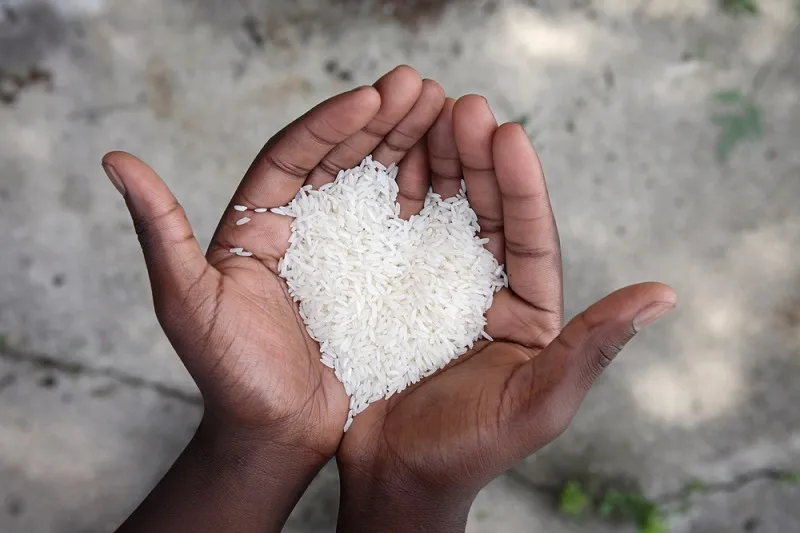The environmental cost of food wastage, like its economic cost, too is high
About two months back, the Food and Agriculture Organization of the United Nations (FAO, for short) published its 2015 edition of The State of Food food in the World. It placed India, with 194.6 million malnourished people, on top of a list of countries where people invariably go hungry.
The FAO report, which evaluated the progress made towards achieving the Millennium Development Goal and World Food Summit hunger targets, had looked at absolute numbers. The 2014 edition of the Global Hunger Index (GHI), a more multi-dimensional statistical tool used to describe the hunger situation, had last October placed India in the 55th position and described the situation as “serious”.
In both these annual studies/reports, the issue of food security very rightly dominated the discourse. The politics of food is something that lies at the core of the issue of hunger, as also that of poverty. What is also linked closely is the problem of food wastage: FAO says up to one-third of all food is spoiled or squandered before it is consumed by people. It is a colossal waste, and it is criminal too.

enviroYet, the fact that often goes unheard in the clamour over the politics is the environmental cost of food loss and food waste. The economic cost of food loss/waste has been quantified: 1.3 billion tonnes every year. But before one gets into the environmental costs, it would be pertinent to define the two terms.
- ‘Food loss’ is the unintended reduction in food available for human consumption that results from inefficiencies in supply chains: poor infrastructure and logistics, lack of technology, insufficient skills, knowledge and management capacity. It mainly occurs at production- post harvest and processing stages, for example when food goes unharvested or is damaged during processing, storage and transport and disposed of.
- ‘Food waste’ refers to intentional discards of edible items, mainly by retailers and consumers, and is due to the behavior of businesses and individuals.
- The term ‘food wastage’ refers to the two in combination.
Even though it had always been known and debated that there are significant environmental implications of food production, till 2013 no study had been done to analyse the impacts of global food wastage from an environmental perspective. That year, FAO published its seminal study titled Food wastage footprint: Impacts on natural resources. The findings were expectedly grim:
- The global volume of food wastage was estimated at 1.6 billion tonnes of “primary product equivalents.” Total food wastage for the edible part of this amounted to 1.3 billion tonnes.
- Food wastage’s carbon footprint was estimated at 3.3 billion tonnes of CO2 equivalent of GHG released into the atmosphere per year.
- The total volume of water used each year to produce food that is lost or wasted (250 km3) is equivalent to three times the annual flow of Russia’s Volga River.
- About 1.4 billion hectares of land – 28 per cent percent of the world’s agricultural area – is used annually to produce food that is lost or wasted.
- Agriculture is responsible for a majority of threats to at-risk plant and animal species tracked by the International Union for Conservation of Nature (IUCN).
- Only a low percentage of all food wastage is composted: much of it ends up in landfills, and represents a large part of municipal solid waste. Methane emissions from landfills represent one of the largest sources of GHG emissions from the waste sector.
- Home composting can potentially divert up to 150kg of food waste per household per year from local collection authorities.
- Developing countries suffer more food losses during agricultural production, while in higher in middle- and high-income regions, food waste at the retail and consumer level is higher.
- The direct economic consequences of food wastage (excluding fish and seafood) run to the tune of $750 billion annually.
Since this report was published, the subject has been cropping up time and again. In its 2014 report titled Climate Change 2014: Mitigation of Climate Change, the Intergovernmental Panel on Climate Change (IPCC) identified that reducing food waste has the potential to contribute positively to a range of environmental and social agendas. These include reduced GHG emissions, creating of carbon sinks, increased provision of ecosystem services via ecosystem conservation and sustainable management as well as sustainable agriculture, improved soil quality, reduced erosion, increased ecosystem resilience, and increased enforcement of existing policies for sustainable resource management.
The environmental footprint of food wastage is therefore likely to figure more prominently in both food security and climate change debates in the future.
For the uninitiated, there are many resources to fall back on – for reducing food wastage as well as shrinking one’s environmental footprint:
- Love Food Hate Waste campaign
- Toolkit – Reducing the Food Wastage Footprint (FAO)
- Think Eat Save campaign







